Leading market players are investing heavily in research and development in order to expand their product lines, which will help the automotive disc brake market grow even more. Market participants are also undertaking various strategic activities to expand their global footprint, with important market developments including new product launches, contractual agreements, mergers and acquisitions, higher investments, and collaboration with other organizations. The automotive disc brake industry must offer cost-effective items to expand and survive in a more competitive and rising market climate.
Manufacturing locally to minimize operational costs is one of the key business tactics manufacturers use in the global automotive disc brake industry to benefit clients and increase the market sector. The automotive disc brake industry has offered some of the most significant medical advantages in recent years.
Major automotive disc brake market players, including EBC Brakes (UK), TRW Automotive (US), Nissin Kogyo Co., Ltd (Japan), Aisin Seiki Co., Ltd (Japan), Mando Automotive India Private Limited (India), Haldex AB (Sweden), Federal-Mogul Motorparts LLC. (US), Knorr-Bremse AG (India), Akebono Brake Corporation (Japan), Brembo SpA (Italy) and others are attempting to increase market demand by investing in research and development operations.
EBC Brakes (UK), EBC Brakes, a market leader in the brake industry with a workforce of more than 400 people worldwide, is an independently owned and managed company that values its people, customers, and success. With more than 5000 part numbers for every type of moving vehicle, EBC Brakes manufactures the broadest selection of brake discs and pads worldwide. One of its two specialized UK and USA factories produce EBC Brakes. Most EBC brake discs and brake rotors are also produced in the UK.
Our product line includes brake rotors (brake discs) for all types of industrial vehicles as well as brake rotors (brake pads) for cars, trucks, and SUVs, brake pads for wind farms, and brake pads for military applications like the Humvee, various armored vehicles, and even tanks. Aramid brakes, sintered brakes, ceramic brakes, and carbon long-life brakes are some of the different brake pads manufactured. Cast iron brake rotors or brake discs for automobiles, stainless steel brake rotors for motorcycles, bicycle brake pads and bicycle brake rotors, and ATV brake pads and rotors are all available from EBC Brake.
Nissin Kogyo Co, Ltd (Japan), diversity is a requirement for many fields today. The demand from users for cars is also very diverse, how to optimize product development is a crucial task for a skilled exhaust system manufacturer and an exhaust emission treatment system, we suggest a complete process with the motto, development of the product. We offer our customers "high-mix, low-volume production." Exhaust systems are collections of system technology, including sound, heat, and vibration environmentally friendly technology. Based on an extensive body of experience and simple technology. More value will be produced by us.
Your significant support is greatly appreciated as we now place a high value on customer satisfaction rather than just sales.
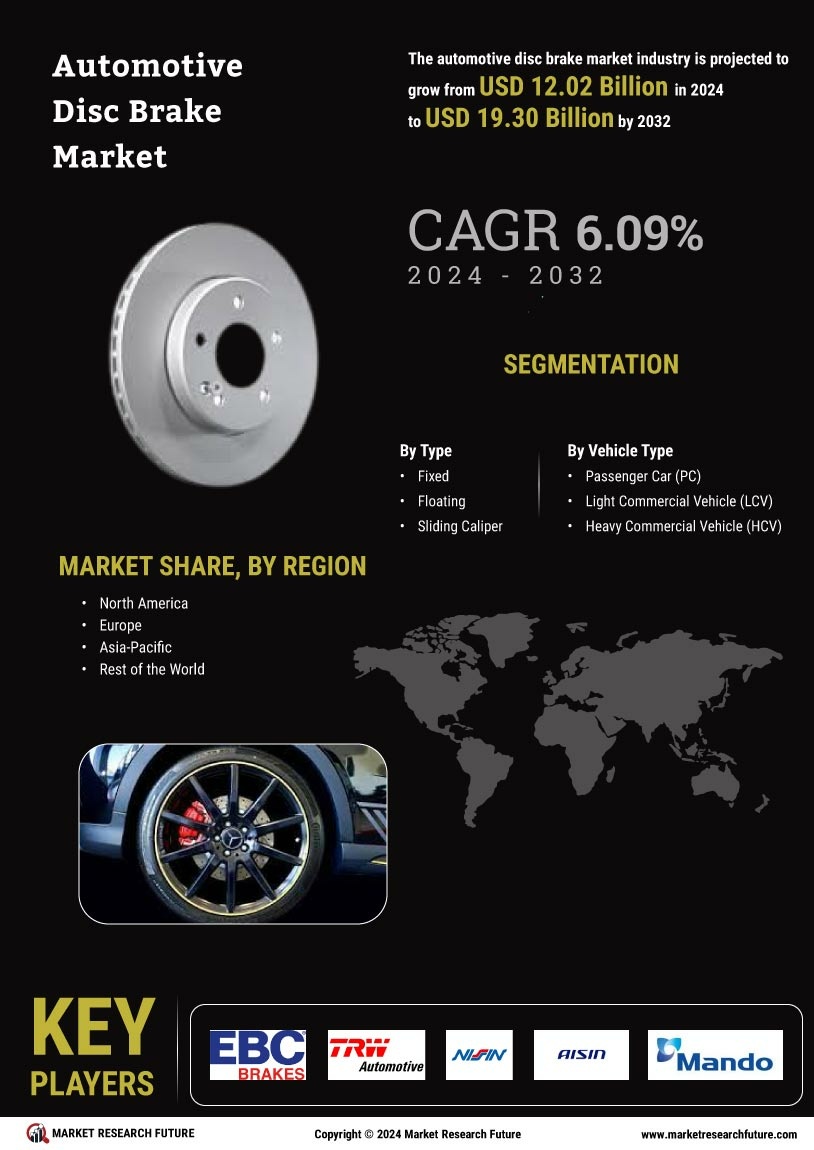

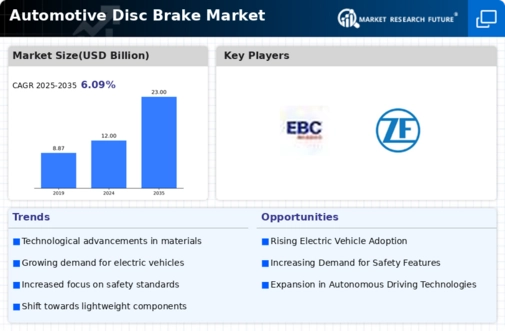
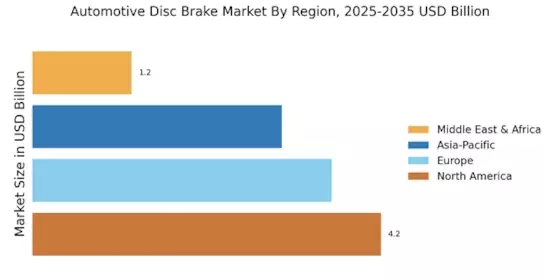
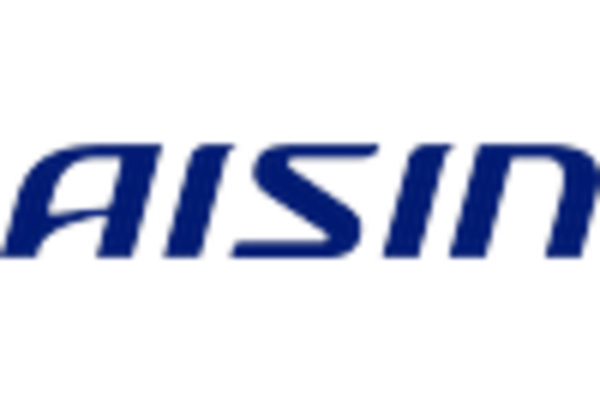
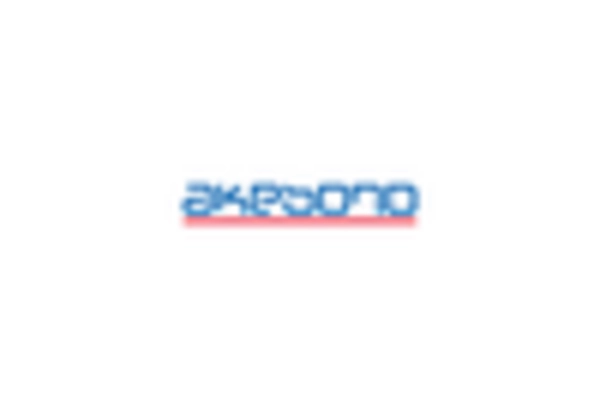
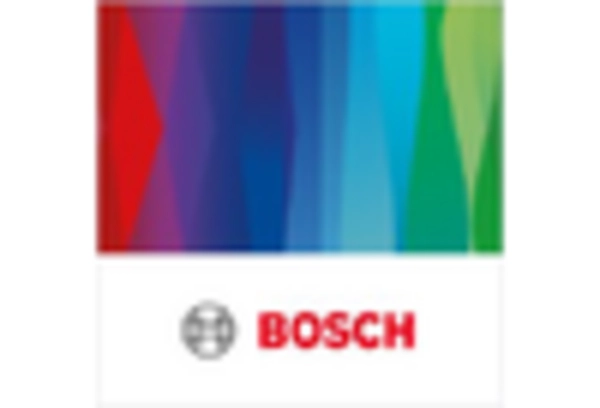
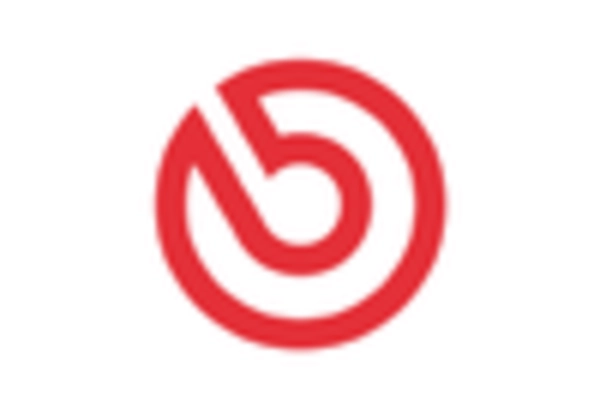
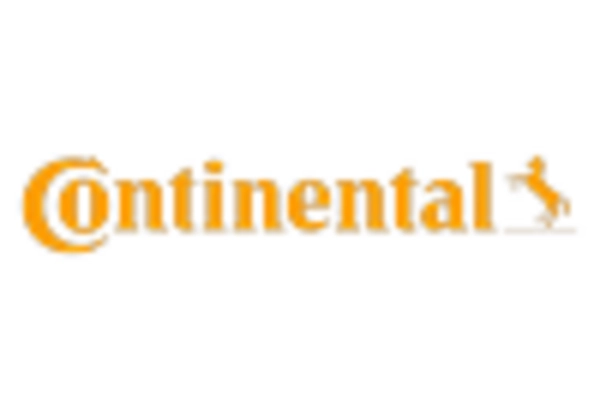
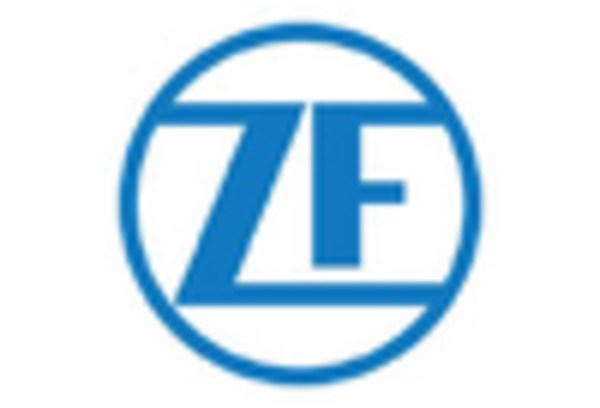








Leave a Comment